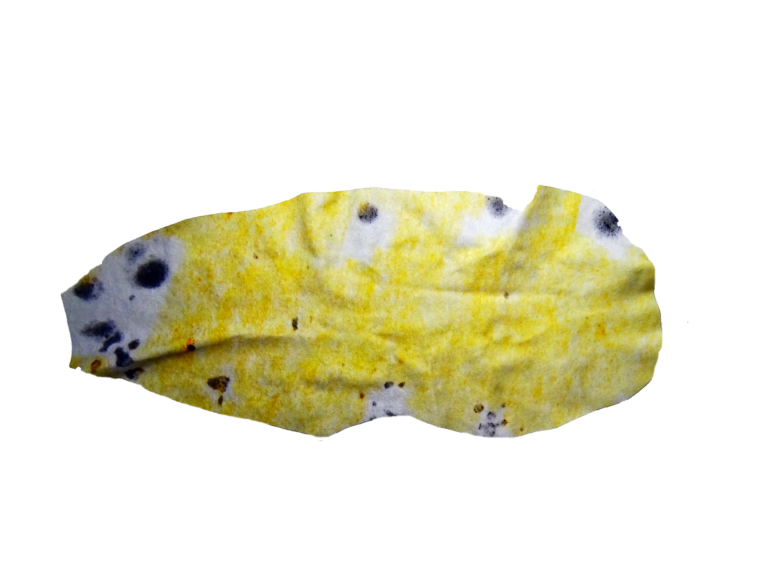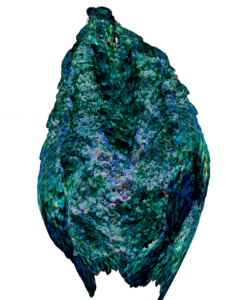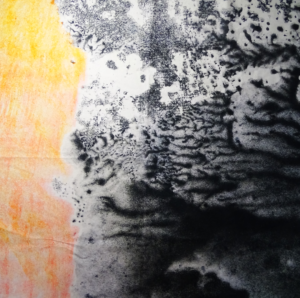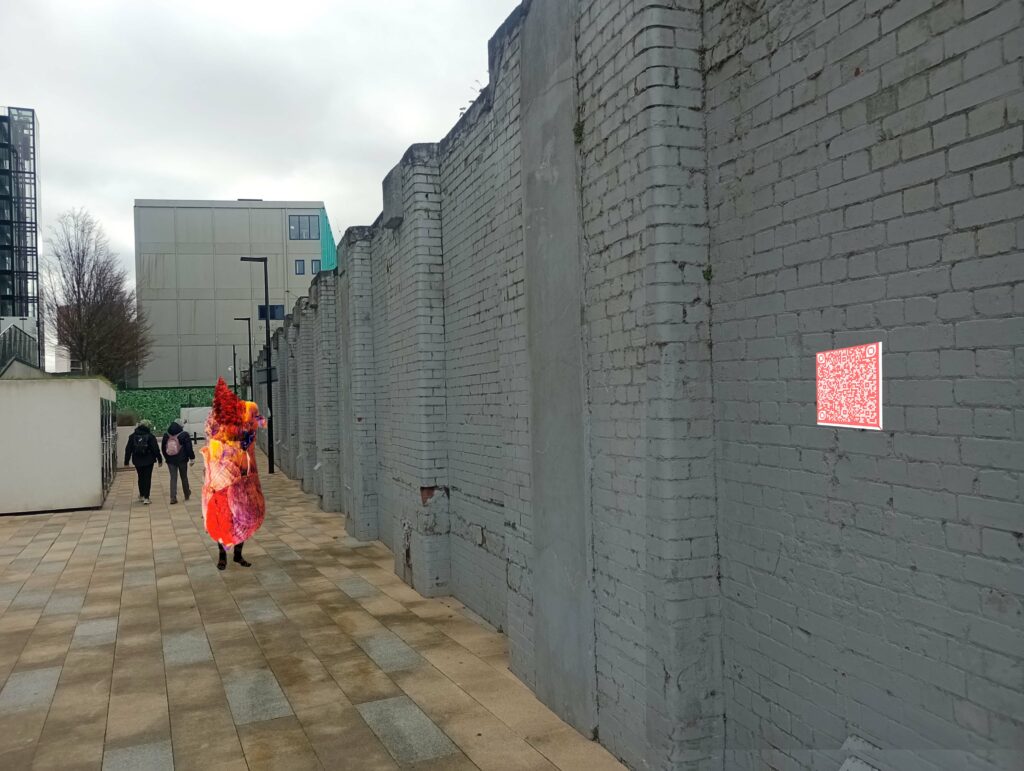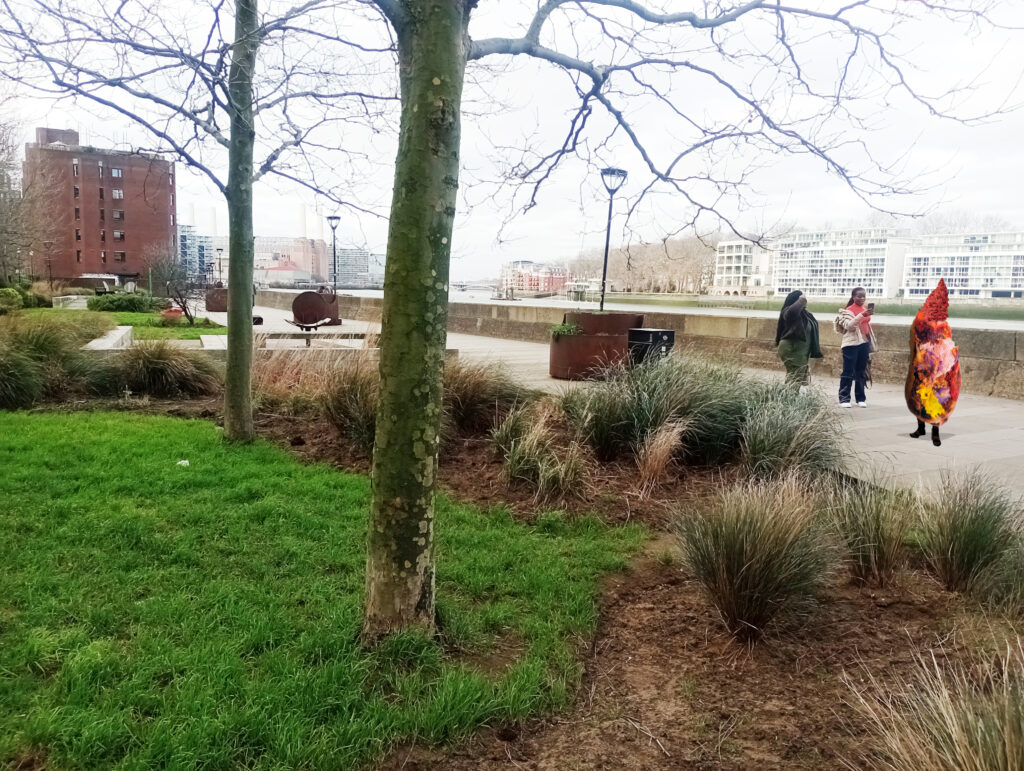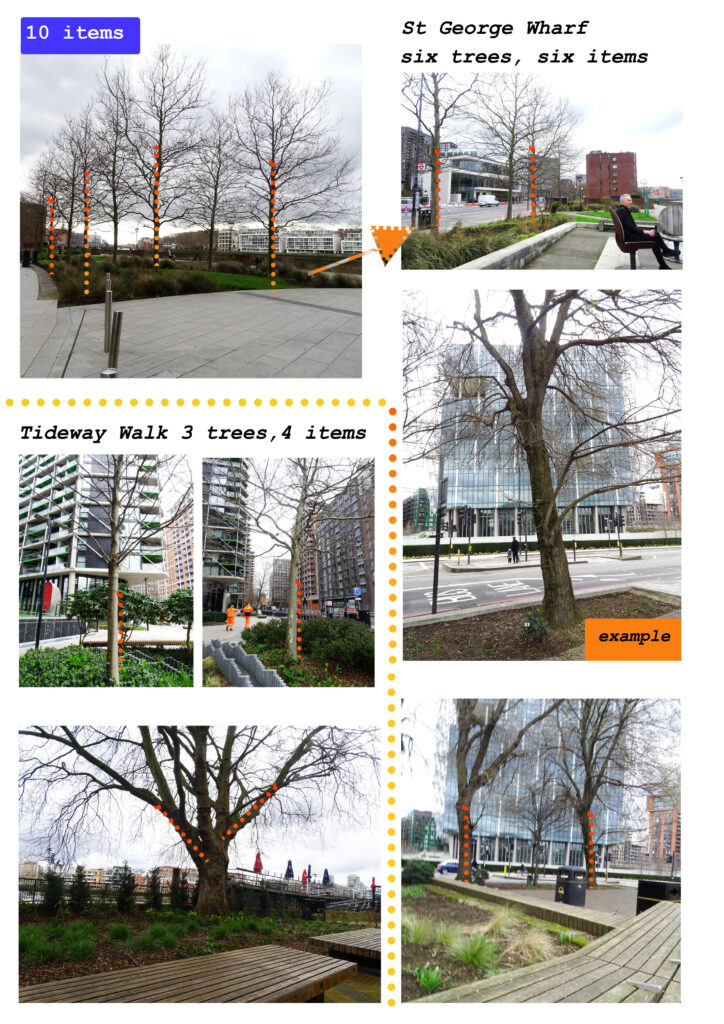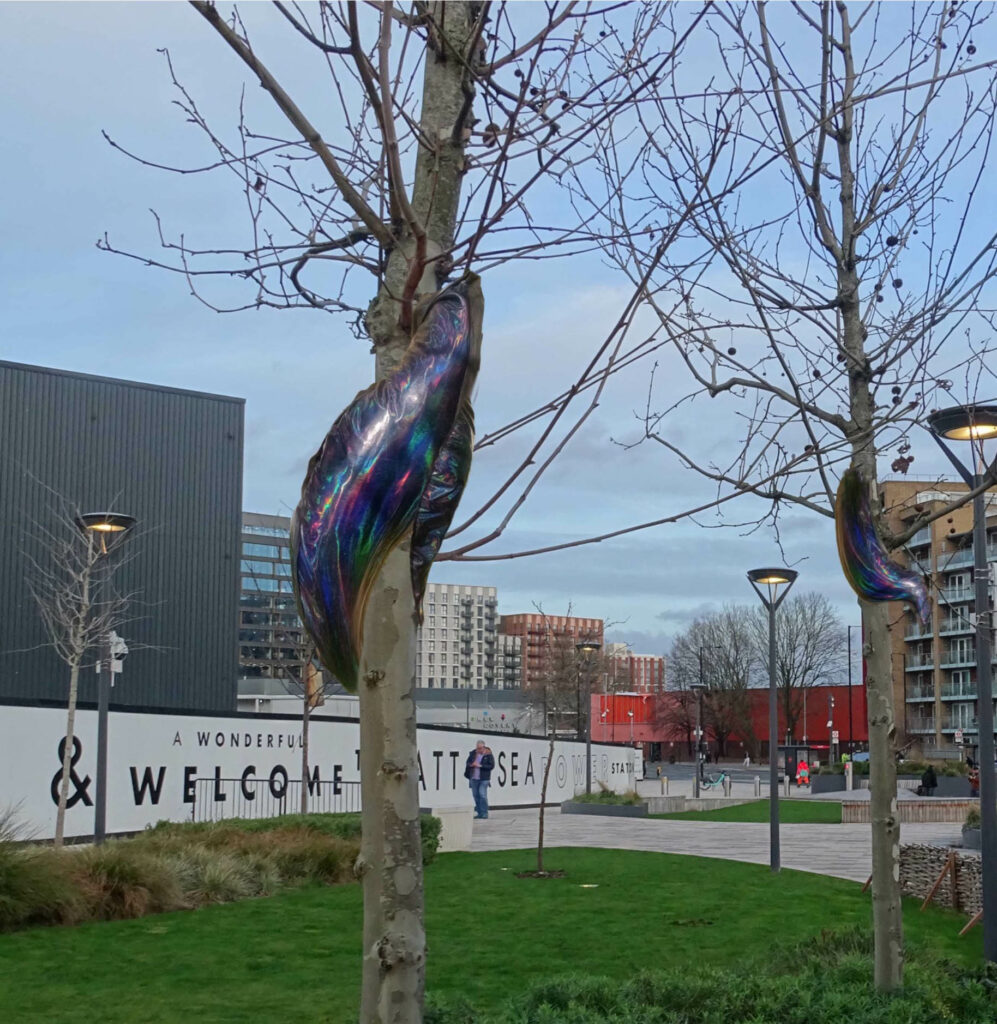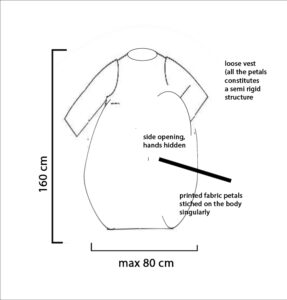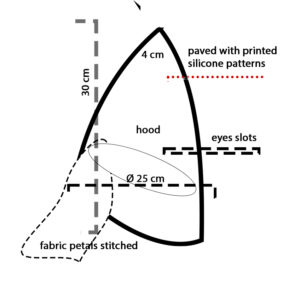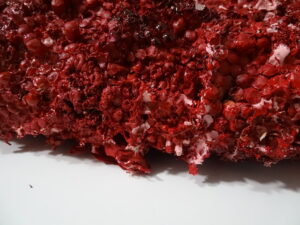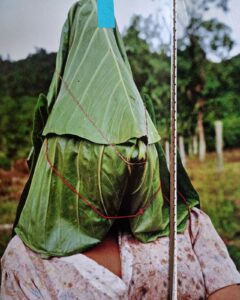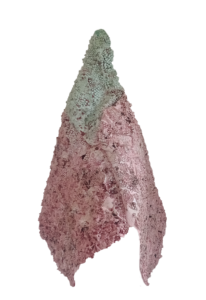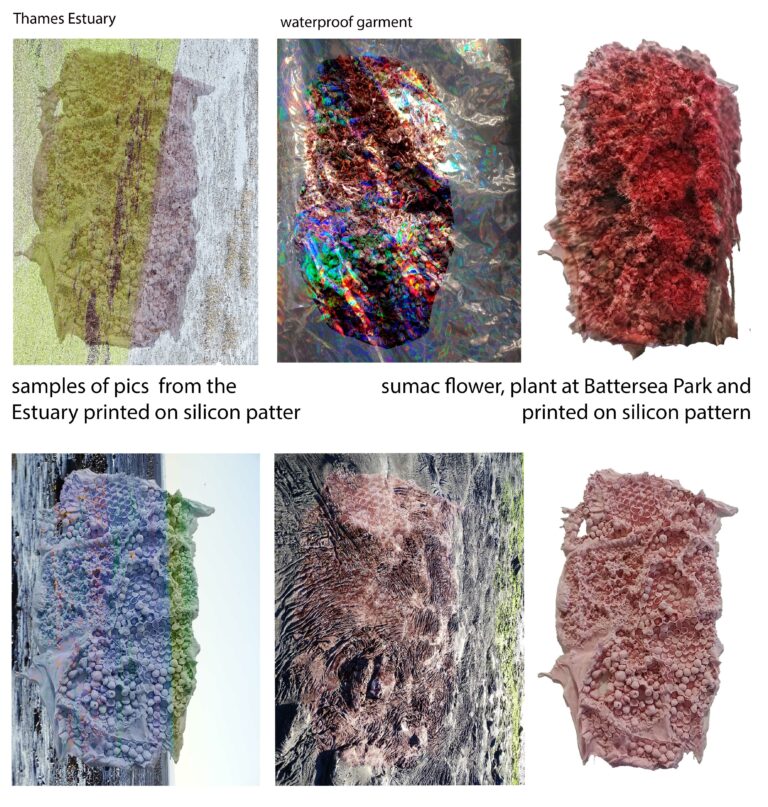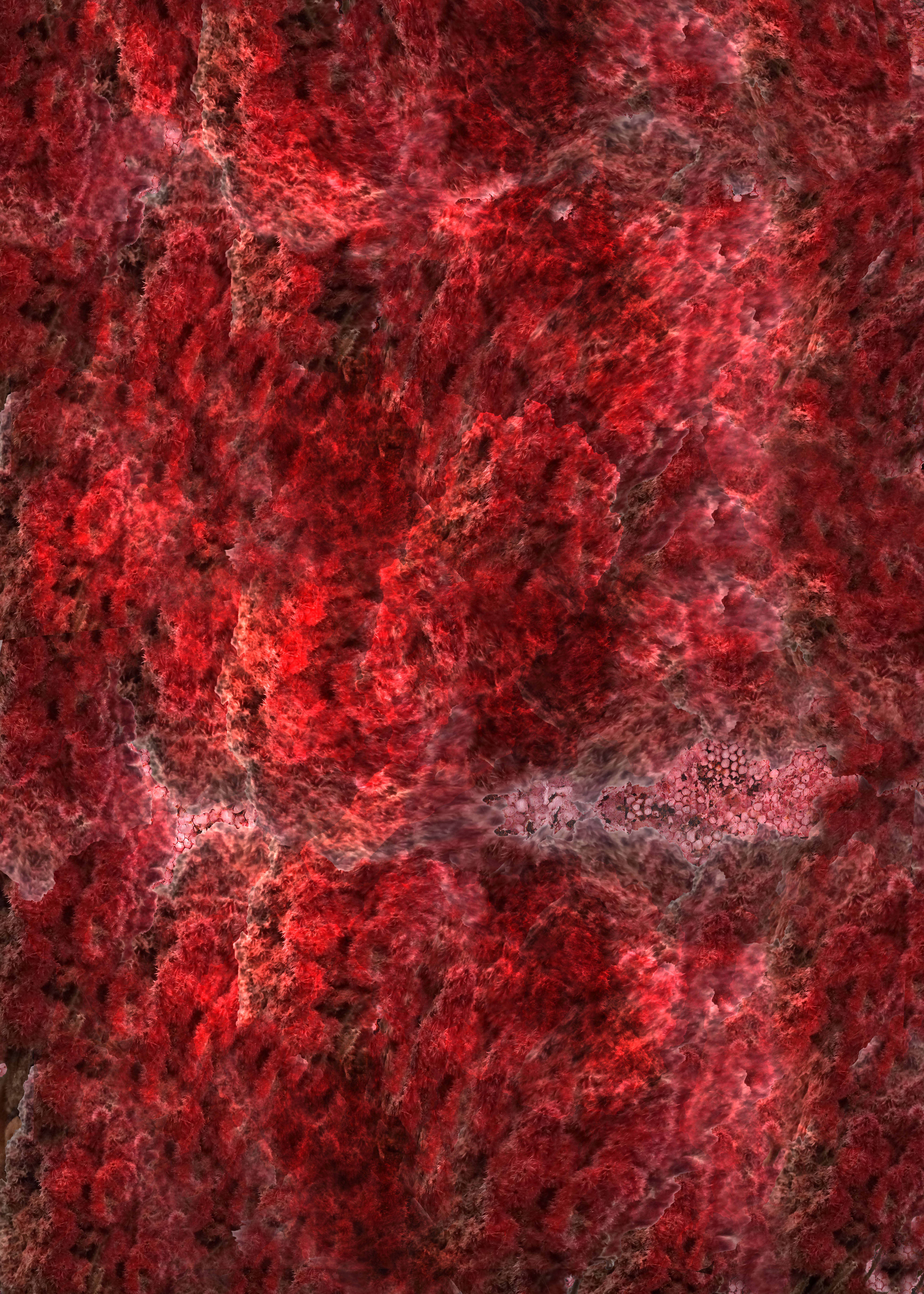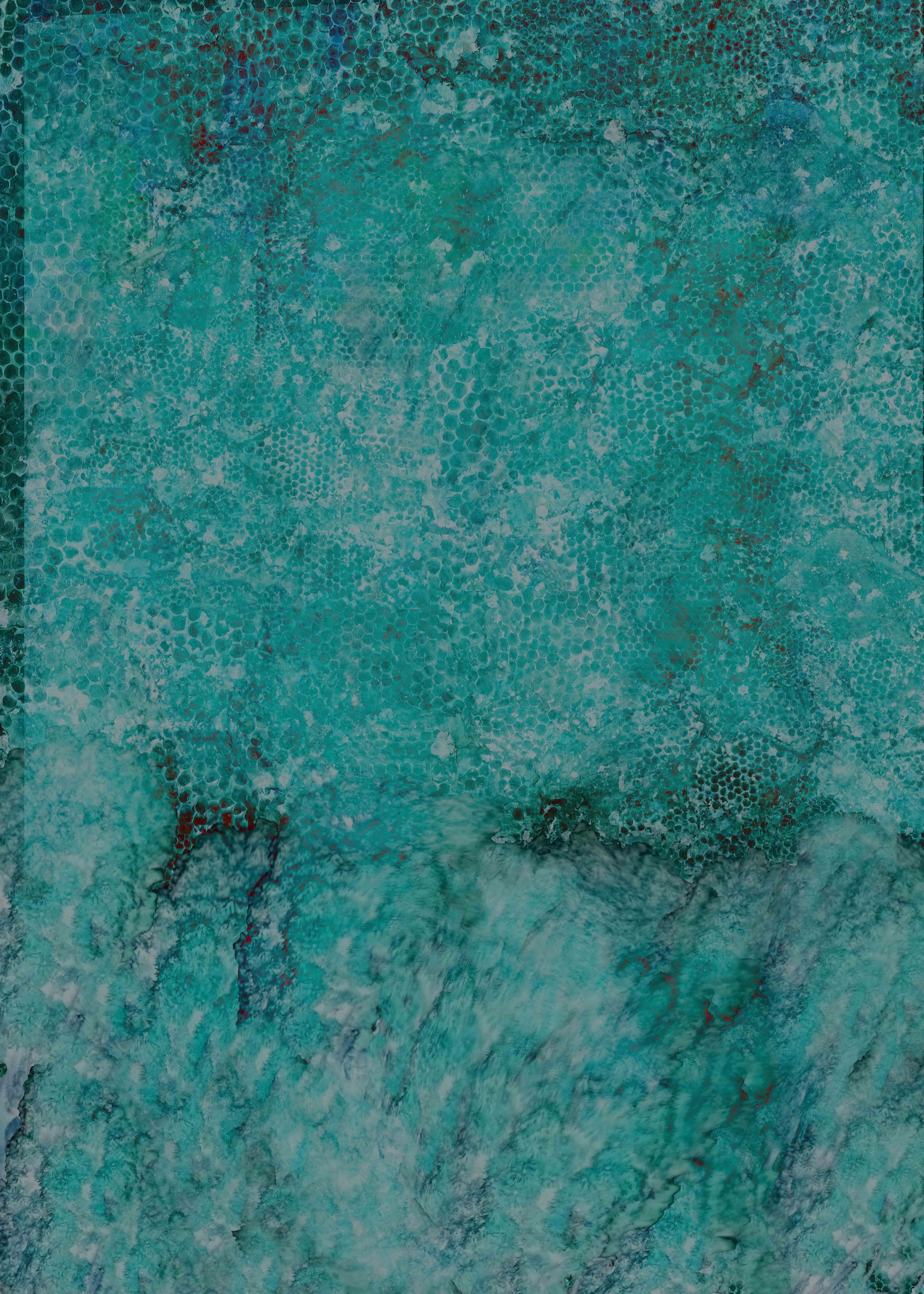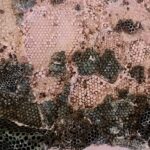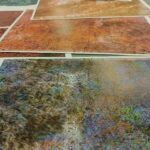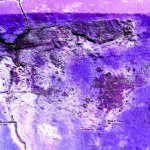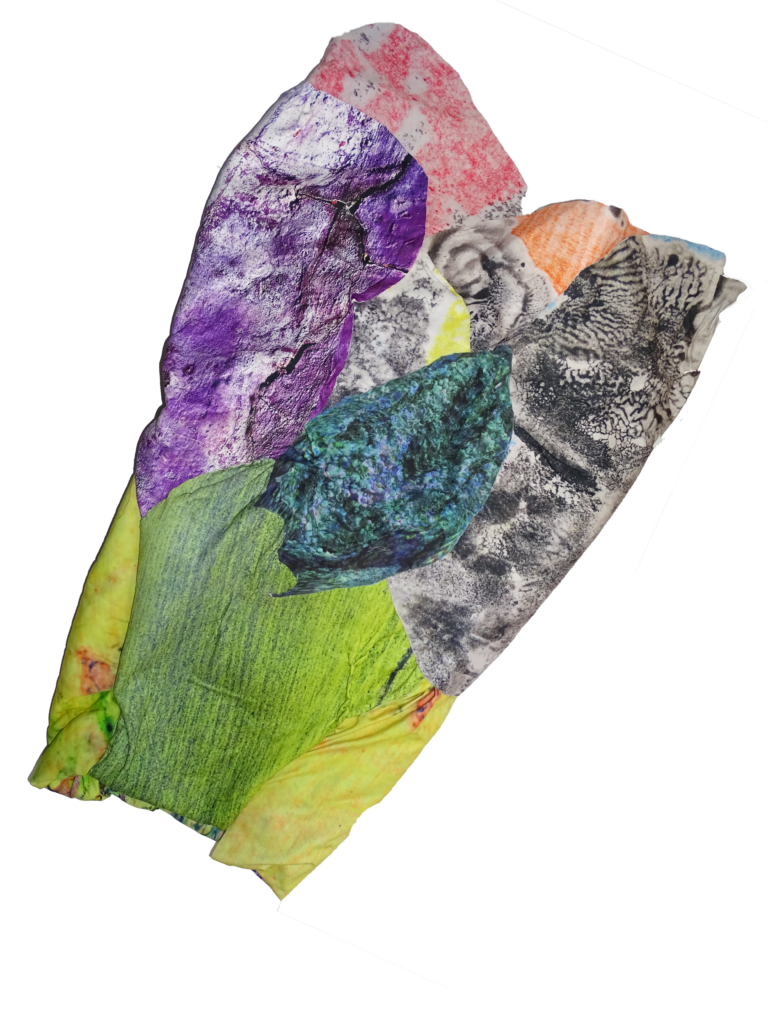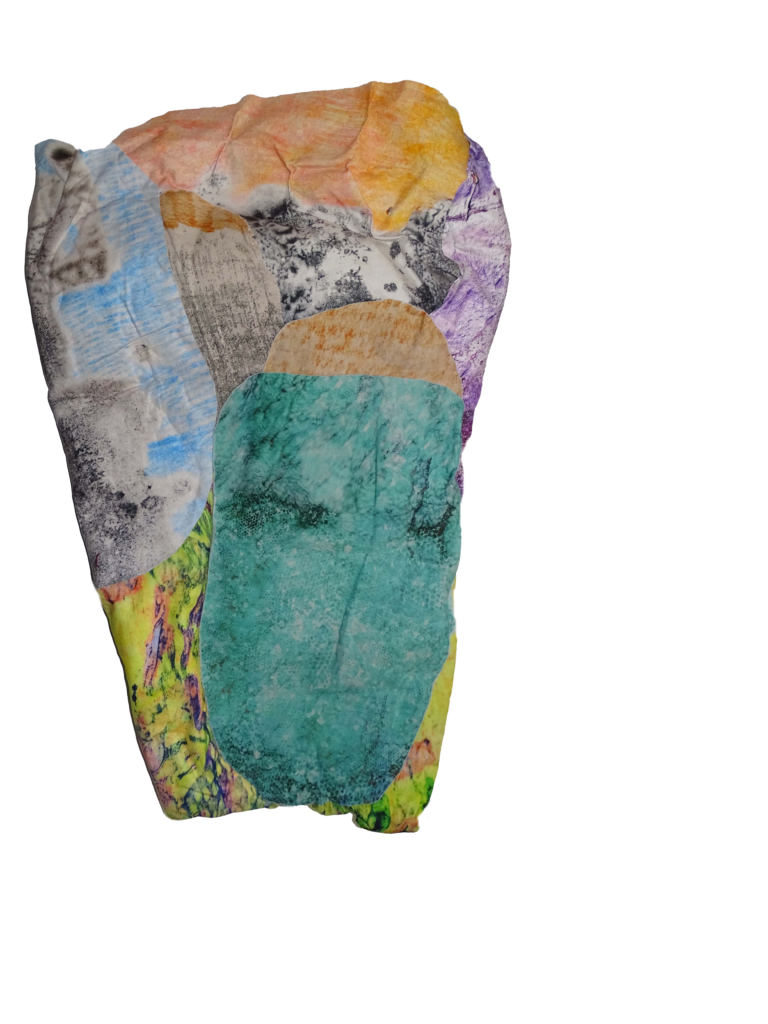________________creative process
part 1 & part 2
The project unfolds in two distinct phases, in March and in June, involving different levels of participation (individual/collective), languages (performance/installation) and engagement (visible/non- visible), which pivot around the concept of nomadic citizenship and flows of people.
This perspective encompasses not only human beings from various sociological categories but also non-human components which are part of urbanscapes, such as sounds, plants and social interactions on foot that eventually transform into temporary habitats for trans-cultural communities ever evolving, as if bodies of architecture.
The raw materials accordingly revolved on textiles and sound: both suggested an intimate negotiation towards further visual and sonic possibilities for engaging with audiences by walking and listening as urban pilgrims in an expanded community space.
resources
Creative Health Review, All Party Parliamentary Group on Arts, Health and Wellbeing and the National Centre for Creative Health, December 2023
part 1 & part 2
The project unfolds in two distinct phases, in March and in June, involving different levels of participation (individual/collective across the RCA), languages (performance/installation) and engagement (visible/not visible) all revolving around (performance/installation), that pivot around the concept of nomadic citizenship and flows of people.
This perspective encompasses not only human beings from various sociological categories but also non-human components which are part of urbanscapes, such as sounds, plants and social interactions on foot that eventually transform into temporary habitats for trans-cultural communities ever evolving, as if bodies of architecture.
As a result the raw materials addressed to fabrics and sound: both intimately seek to negotiate further possible visual and sonic possibilities for engaging audiences by walking and listening as urban pilgrims and travelers in an expanded community space.
resources
Creative Health Review, All Party Parliamentary Group on Arts, Health and Wellbeing and the National Centre for Creative Health, December 2023
both sides of the vest and samples of petals // fireproof fabric (suede vision 250 gsm, polar fleece 285 gsm) (lumin cotton drill 249 gsm) (fusible fleece)
The original project design involved pupils from Nine Elms’ Primary Schools designing the petals with their drawings during an educational workshop, the outcomes of which would eventually be printed on textiles. It could still lead to further developments of the project in the future through multiple options of collaborative events with diverse partners and stakeholders within the goals of expanded participation and coherently fulfilling the concept of “cultivating emotional citizenry”.
The original project design involved pupils from Nine Elms’ Primary Schools designing the petals with their drawings during an educational workshop, the outcomes of which would eventually be printed on textiles. This could still lead to further development of the project in the future through various collaborative events with diverse partners and stakeholders, expanding participation and coherently fulfilling the concept of ‘cultivating emotional citizenry”.
Thus, within the same conceptual frame, I employed scans of drawings silk-printed with honeycombs in addition to digital patterns combining natural environments and future materials.
